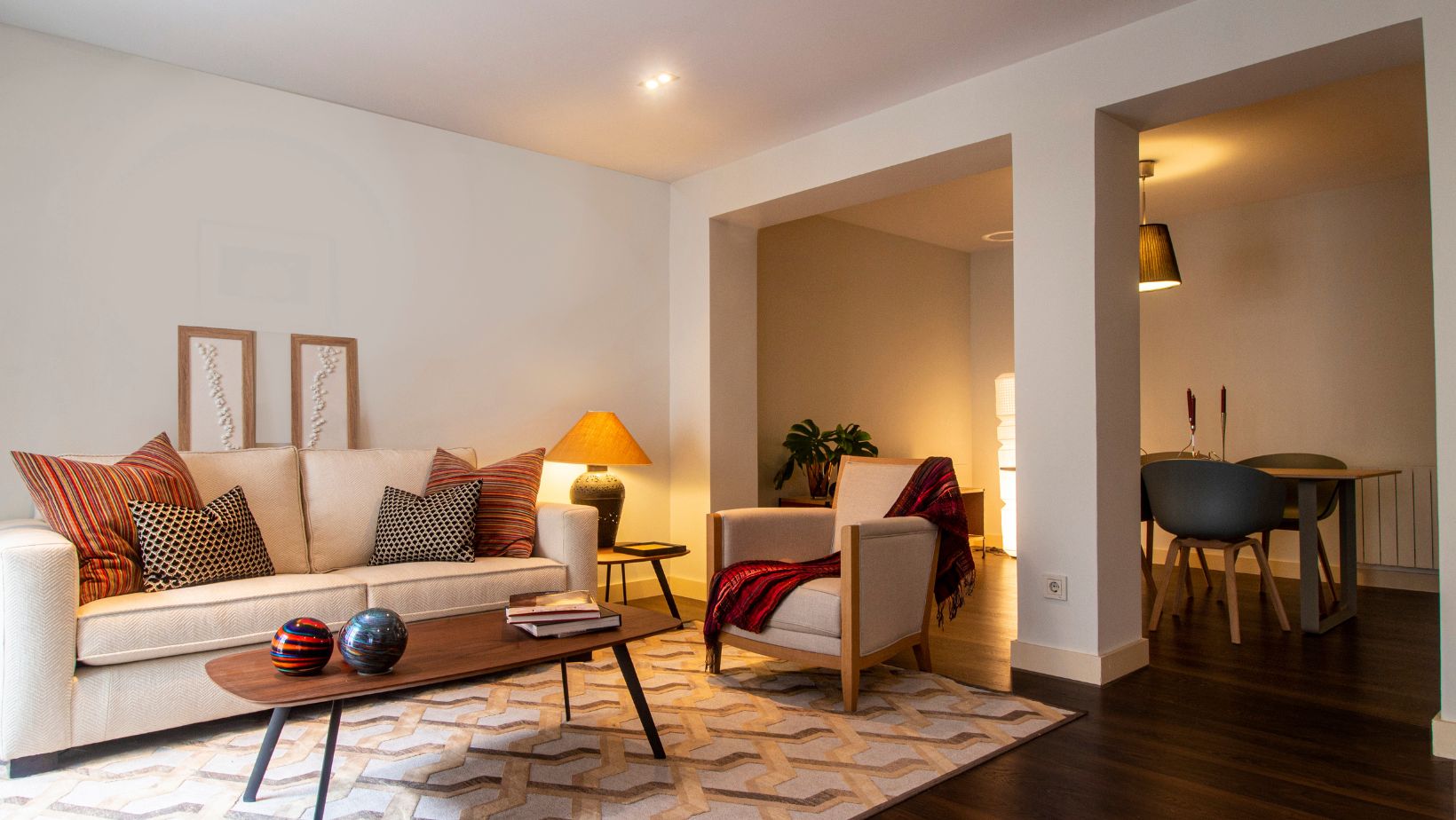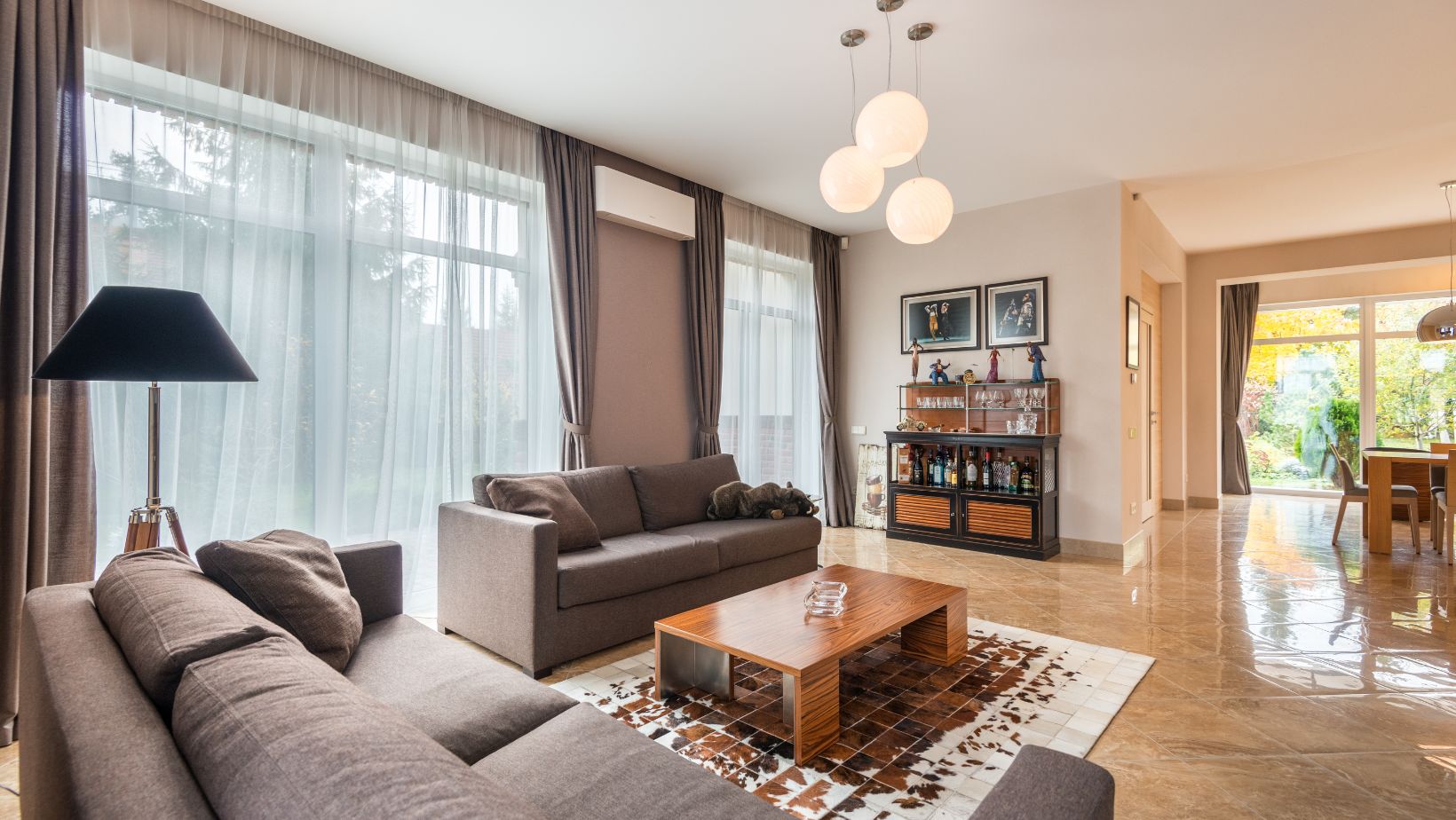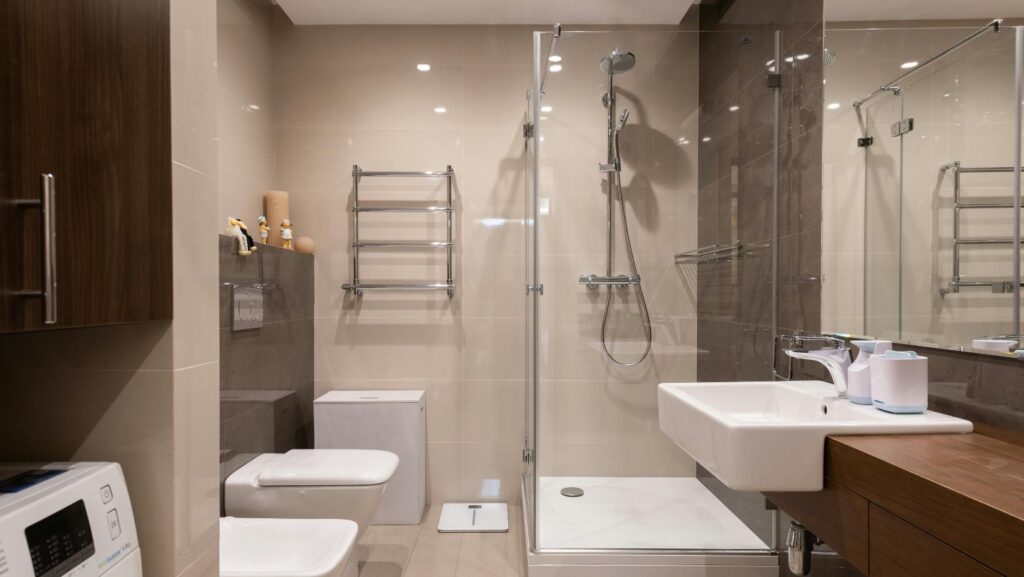Ever walk into a room in your home and feel like something’s just… off? Maybe the furniture blocks the light, or that side table keeps catching your hip. A room can look great on paper but still feel wrong in real life.
This has become more common lately. With more people working from home and spending time indoors, the demand for comfort and smarter layouts has grown. In places like Fishers, Indiana, where charm meets modern living, homeowners are realizing that good design isn’t just about style. It’s about how a space flows and how it feels day to day.
In this blog, we will share how to improve the flow and feel of your space, so your home actually works the way you want it to.
Contents
Table of Contents
ToggleStart With How You Use the Space
The first step is to think about how you live. Not how Pinterest says you should live. Not how your neighbor arranged her living room. But how do you move through a room every day?
If your dining table is mostly used as a homework zone, set it up that way. If your living room doubles as a play area, lean into that. Don’t force a layout to match a magazine photo if it doesn’t match your life.
Try walking through each room like a guest. Do you have to sidestep furniture just to get to the kitchen? Are your chairs too far from the outlets? These small things affect how easy and natural a space feels. Good flow means you can move comfortably and find what you need without thinking twice.
That’s where pros come in handy. Whether you’re changing one room or reworking your entire home, it helps to have someone who sees the full picture. For example, a reliable Fishers bathroom remodeler can do more than tile floors or install lighting. They can rethink your layout, solve awkward spacing, and create a space that fits your routines, like a morning rush that doesn’t feel like an obstacle course.
A little expert help can turn a tight corner into a smart storage zone or make a cramped bathroom feel twice as big. When function meets design, that’s when a house starts to feel like home.
Let Light Lead the Way
If there’s one feature that instantly changes the feel of a space, it’s light. Natural light, especially, makes rooms feel open and airy, even when they’re small. Yet many homes are filled with heavy curtains, dark paint, or bulky furniture that blocks the light they already have.

The fix doesn’t have to be expensive. Start by pulling back window coverings during the day. Use mirrors to bounce light around. Try lighter wall colors in dim spaces. Even swapping out yellow bulbs for soft white LEDs can brighten things up.
Light also changes how we feel—literally. Studies show that natural light helps with focus, mood, and sleep. That’s why improving lighting is one of the easiest ways to boost both comfort and energy in your home.
If you’re working with a darker space, focus your design around task lighting. Add a lamp where you read or a pendant light over your prep counter. Just make sure your lighting matches how you use the room, not just how it looks on Instagram.
Open Space Doesn’t Always Mean Better Flow
Open floor plans are everywhere, but they’re not a one-size-fits-all solution. Sometimes, knocking down walls just leads to… too much space and not enough structure. Good flow isn’t always about openness—it’s about connection and purpose.
Each zone in your home should be clearly defined. Even in an open layout, rugs, furniture, or lighting can help define spaces. This tells your brain, “Here’s the living area. Here’s where we eat. Here’s where we work.”
You don’t need a full renovation to make this happen. Try shifting your furniture to create new paths or conversation zones. Add a low shelf or sideboard to separate areas without building walls. Keep walking paths clear so people can move naturally through the space.
Think about the noise, too. If your workspace is next to the TV, it might be time for a layout rethink. Your house doesn’t need to be quiet, but each zone should support what it’s made for.
Storage That Works With You, Not Against You
Clutter kills flow. You can have the nicest floors and the best lighting, and you still feel boxed in if every surface is stacked with stuff. That doesn’t mean you need to go full minimalist—it means your storage should work with your space, not fight it.
Start by taking inventory. What do you actually use each week? What’s just taking up room? Then think about where items belong. If mail piles up on the kitchen counter, maybe you need a drop zone by the door. If kids’ toys are everywhere, try bins that roll under the couch or tuck into a bench.
Built-in storage is ideal, but even simple fixes like adding wall hooks, shelves, or vertical storage can help. The goal is to create a space that stays tidy without much effort. That’s what makes it feel calm, not chaotic.
Design With Flexibility in Mind
Life changes, and your space should be ready to shift with it. That’s especially true now, as families juggle remote work, schooling, and shifting routines. One room may need to serve multiple roles, and that’s okay.

Furniture that moves easily, like nesting tables or foldable desks, can help a room change shape without much work. Modular storage or multi-use pieces—like a bench with drawers or a coffee table with shelves—can stretch your space without cramping your style.
Try to keep layouts open enough to adjust when needed, but defined enough to serve your current life. That way, when a shift needs to be made, you’re not starting from scratch.
Flow and Feel Make the House a Home
When people say a home has “good energy,” they’re usually talking about flow and feel. It’s not just the size of the rooms or the shine of the floors. It’s how the space moves with you, how it supports your day, and how it feels when you walk in after a long one.
Improving your space doesn’t mean spending a fortune. It means noticing the little things, asking how each corner works, and making changes that reflect your life, not someone else’s idea of perfect.
A home that flows well is one you enjoy being in. One that feels calm, makes sense, and helps you feel like yourself. And when your space works that well, everything else starts to feel a little easier, too.

